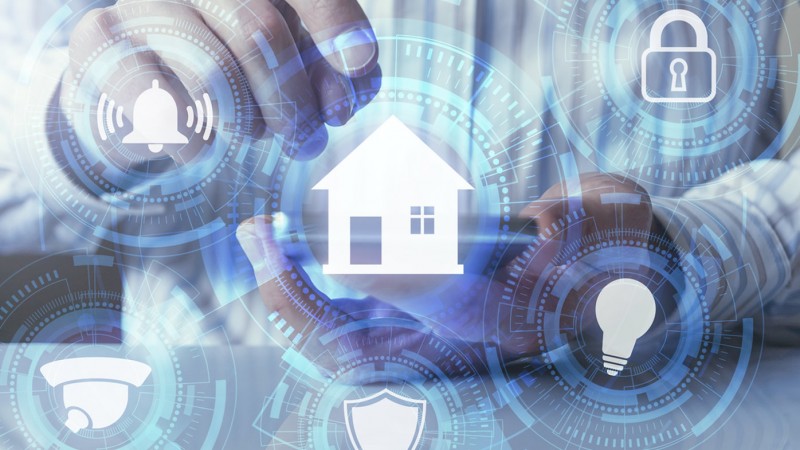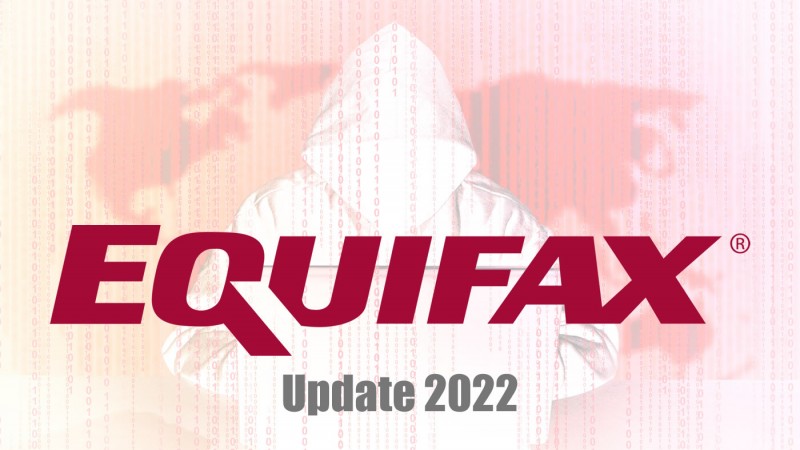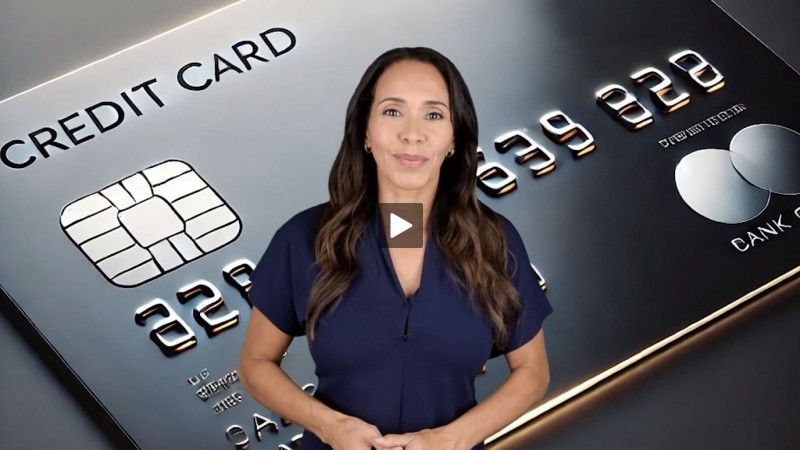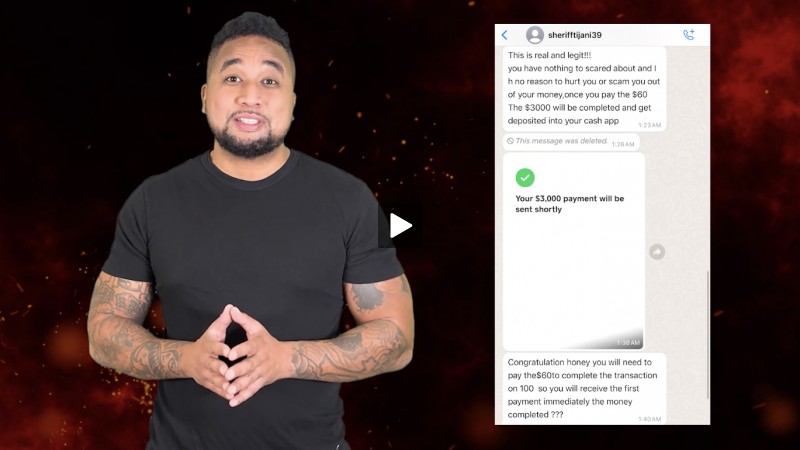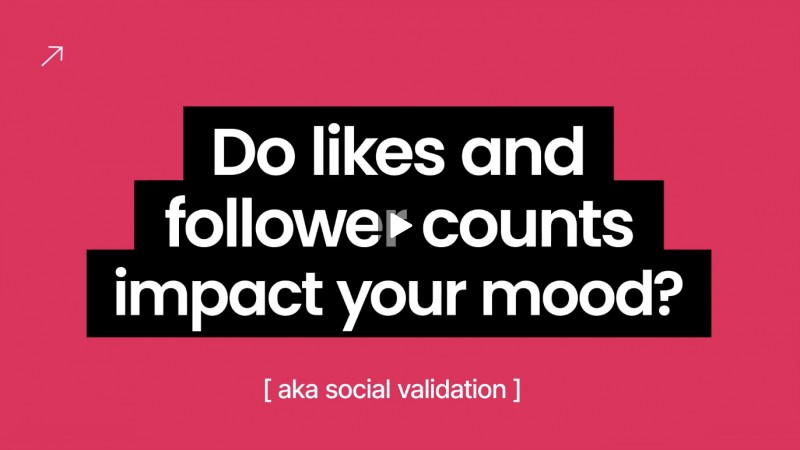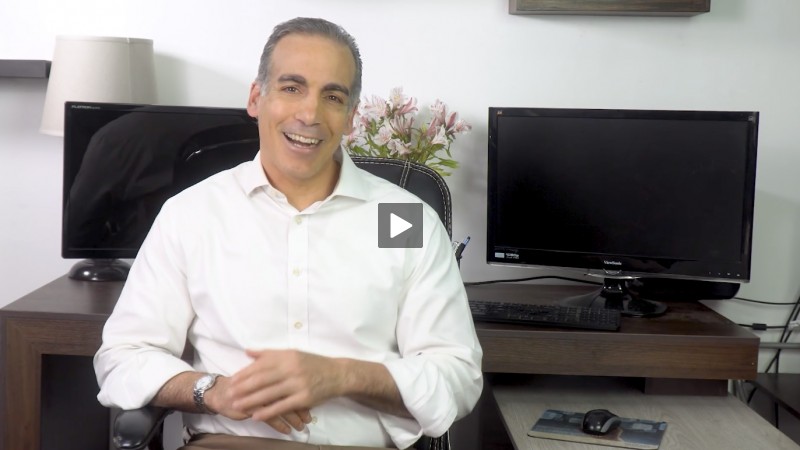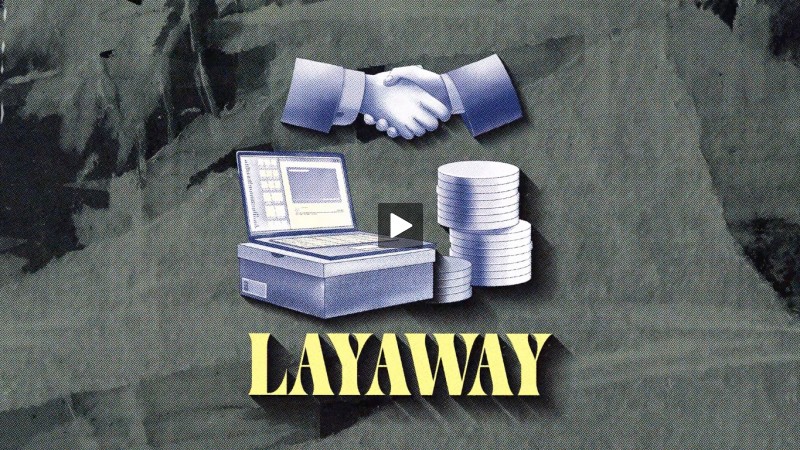Privacy Issues
- Details
- Written by The FoolProof Team
- Category: Articles
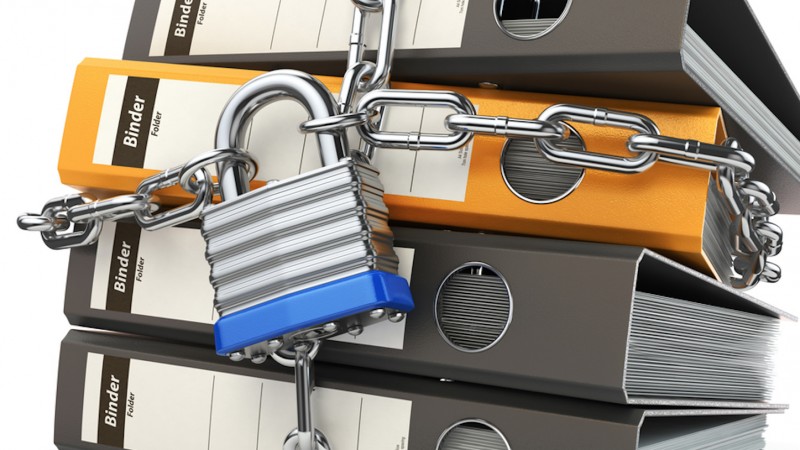
In today's 24x7 world, our lives are becoming an open book to everyone. You can keep your personal information private but only if you know how it can be collected and shared. In other words, what you don't know can hurt you. The resources in this section provide information on privacy issues including scams and how to protect yourself.
Financial
Consumers must take the initiative to protect their financial records. Many of the recent changes in federal law places the burden on individuals to opt out of the sharing of their financial information. These resources highlight some of the issues and what you can do about it.
Our report E-Statements and Managing Your Financial Accounts Online Can Offer Big Benefits provides some tips for managing your financial accounts online safely.
Banking & Finance Privacy Resources from the Privacy Rights Clearinghouse includes these articles:
Financial Privacy describes how the Financial Services Modernization Act (also called the Gramm-Leach-Bliley Act or GLB) impacts your financial privacy and how you have to "opt-out" of having your information shared.
-
Credit Reporting Basics: How Private is My Credit Report? briefly describes credit reports, what is in them, what can't be in them, who can see them, and how you can correct errors in them.
- "Other" Consumer Reports: What You Should Know About "Specialty" Reports describes these various specialty reports, your rights for free annual reports, and how to get them.
From the National Consumer Law Center:
Tips for Seniors on Living Trusts—This fact sheet provides basic information about living trusts and wills and describes some of the most common scams.
Tips for Consumers on Reverse Mortgages—This fact sheet defines a reverse mortgage and what you should consider before applying for one.
From the FTC:
Privacy Choices for Your Personal Financial Information describes what information you can and can't stop, your right to opt out, privacy notices you may receive and what to do with them.
Investment Risks describes questions that you should ask before investing.
-
Home Equity Loans and Credit Lines describes abusive loan practices that could cause you to lose your home.
Your financial privacy can also be threatened through scams. The FTC fact sheet Phone Scams describes scams that can cost you your hard earned cash. And to add insult to injury, if you've been a victim of one of these scams, then the scammers may try again with another scam purporting to help you recover your loss from the first one!
Health Care and Insurance
-
Health & Medical Resources from the Privacy Rights Clearinghouse include consumer guides, quick tips and other articles.
HIPAA is the Health Insurance Portability and Accountability Act which was passed by Congress in 1996. The privacy provisions of HIPPA, called the HIPAA Privacy Rule, apply to health information created or maintained by health plans, health care clearinghouses, and health care providers who engage in certain electronic transactions. These resources provide more details about what the HIPAA Privacy Rule does and doesn't cover.
Health Privacy: HIPAA Basics from the Privacy Rights Clearinghouse—This fact sheet explains the complex provisions of the HIPAA Privacy Rule. It covers the high and low points regarding an individual's health privacy.
-
Health Privacy Outside the Healthcare Environment from the Privacy Rights Clearinghouse—This fact sheet provides information on medical records not covered by the HIPAA privacy rule.
-
Protecting Your Privacy & Security from HealthIT.gov—Provides a description of your medical privacy rights, how your health information should be protected and how you can protect your health information.
Health Information Privacy from the U.S. Dept. of Health & Human Services—This site has fact sheets, general background information on the HIPAA Privacy Rule, and HIPAA Regulations and Standards.
myPHR.com provides a guide to understanding and managing your personal health information. This is an information site provided by the American Health Information Management Association.
-
Protecting Yourself is from the U.S. Food and Drug Administration with information about health fraud, safety alerts, recalls, and tips for buying medications and medical devices online.
Identity Theft
Identity theft is the use of your identifying information—name, address, Social Security number, bank account number, credit card numbers, etc—without your knowledge or consent to commit fraud or other crimes. Identity theft can be a stand-alone scam or part of other scams.
Start with our article Reduce Your Risk of Identity Theft which shares the basics of what you need to know and provides links to other excellent resources.
-
These sections of the FTC's Consumer Information site describe ID theft and what you can do to prevent it, recover from it, and protect your personal information.
- Protecting Your Identity —These articles describes how ID theft occurs, how you can tell if you're a victim, managing your personal information, how to be protective of your social security number, and what to do if your identity's been stolen.
- IdentityTheft.gov—This site provides detailed steps on what to do if you're a victim.
- How to Keep Your Personal Information Secure—Use these tips to wisely manage your personal information and prevent its misuse.
-
ID Theft & Social Security Numbers from the Privacy Rights Clearinghouse include consumer guides, quick tips, and other articles.
Identity Theft Resource Center has a variety of resources for victims of identity theft and those who are working on prevention. It also includes a section on workplace ID theft.
Phishing
What is phishing (pronounced fishing)? These are scams that are trying to steal your personal and financial information. Phishing has primarily been online in the form of email or pop-messages bus can also occur over the phone or through the mail.
Phishers impersonal legitimate financial institutions—banks, credit unions—and businesses. The phishers cast a wide net that's bound to find persons that do business with the impersonated financial institution or company.
Email and pop-up messages may have a link to click or a phone number to call. In the case of the link, it usually goes to a fake website that mimics a legitimate site.
Want to see how savvy you are about these scams? Take the SonicWALL Phishing IQ Quiz. How well did you do? It's not easy to distinguish between a real and a fake message, is it?
Protect Your Privacy and Reduce the Data Collected About You with These Tips provides some tips and tools to enhance your online privacy and security.
Phishing from the FTC provides tips to help you avoid divulging your personal information.














